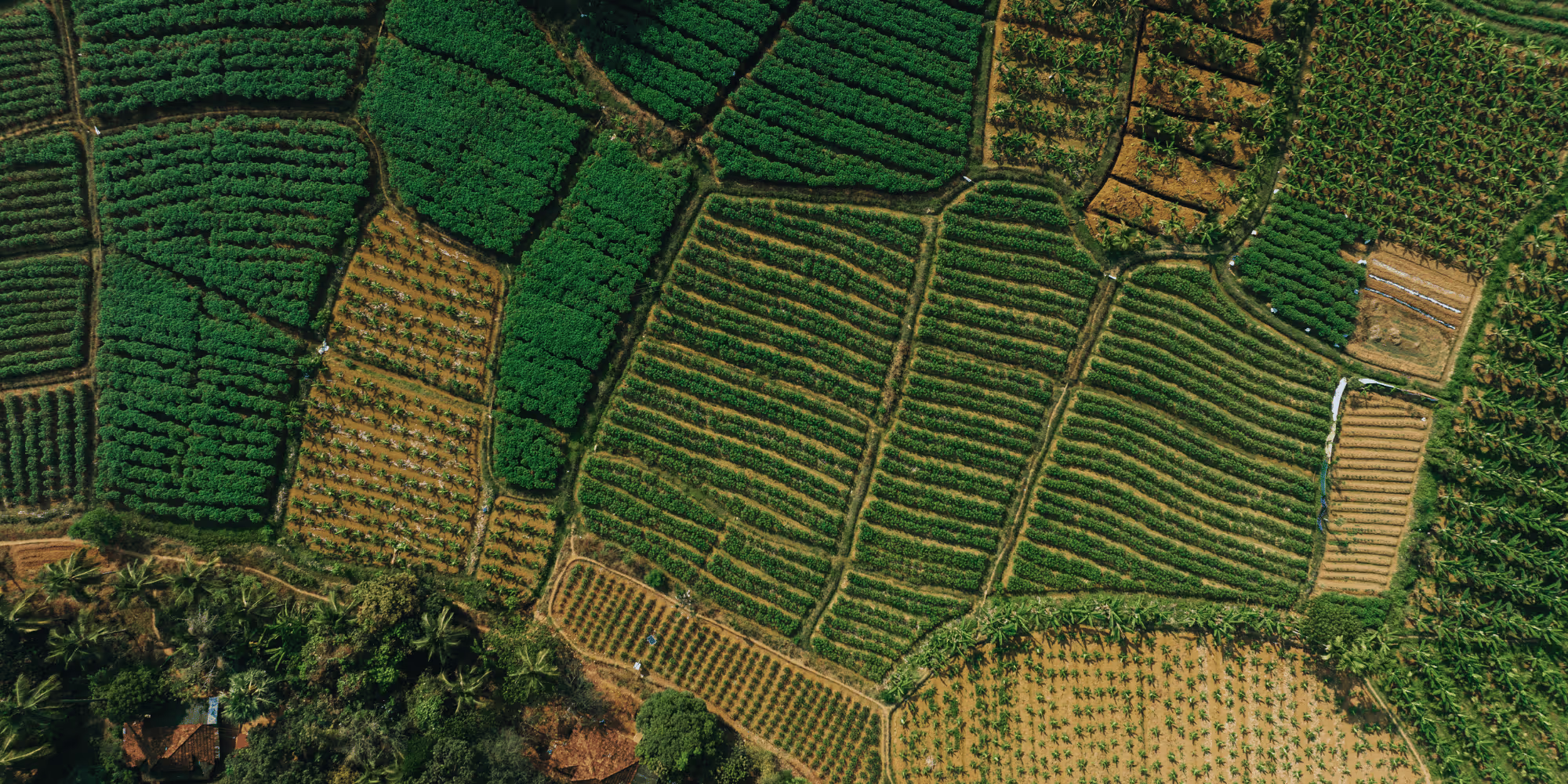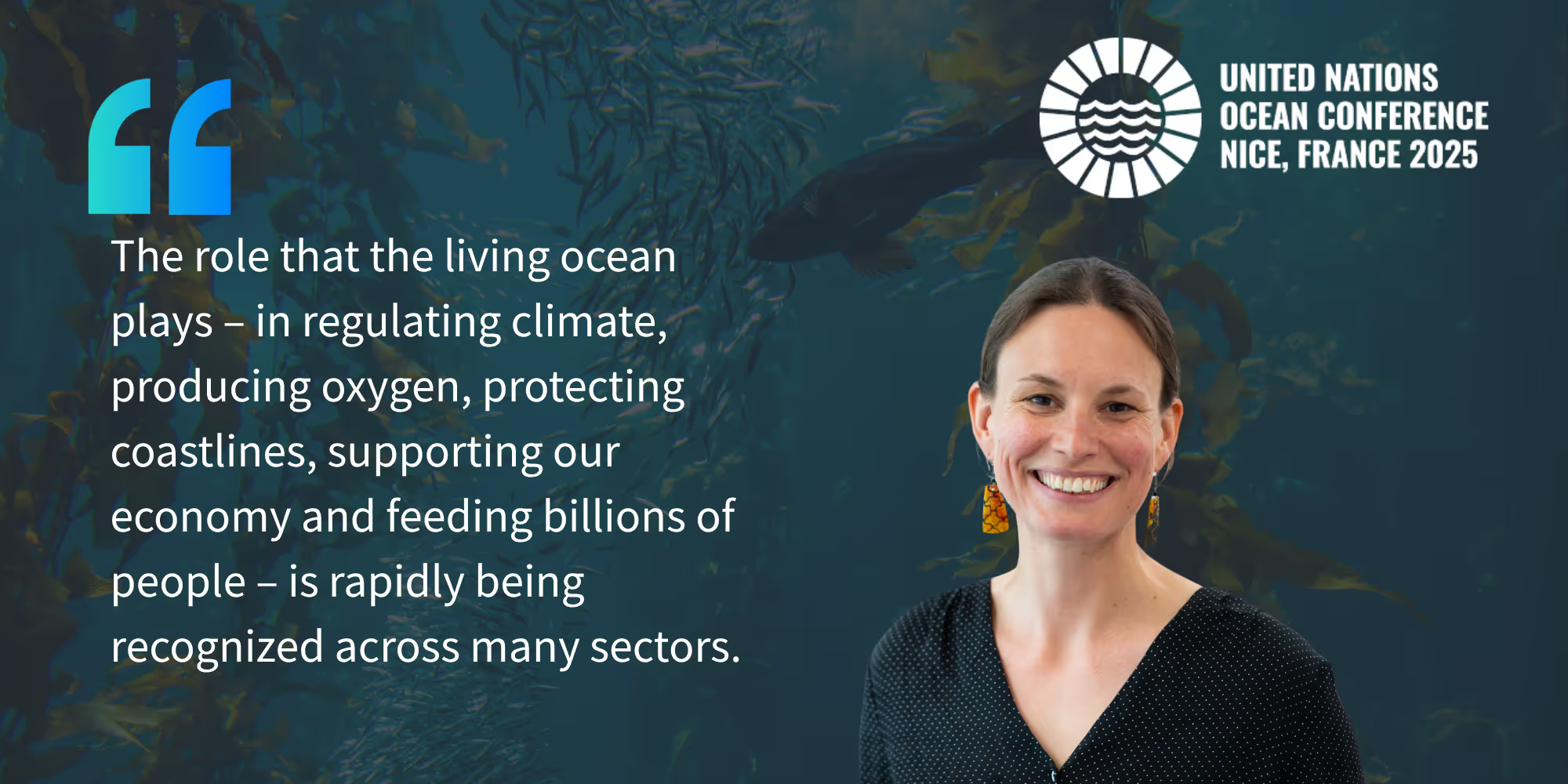The global biodiversity crisis has reached a tipping point, compelling businesses to adopt transformative strategies to protect nature. Amidst this urgency, one crucial insight is often overlooked: Indigenous Peoples and Local Communities (IPLCs) are indispensable allies in achieving sustainable and equitable environmental solutions.
As the frontline defenders of nature, IPLCs manage a large proportion of the world's remaining biodiversity and overlap with 40% of all terrestrial protected areas and ecologically intact landscapes. They possess generations worth of knowledge about sustainable land management – knowledge critical to solving the interconnected crises of biodiversity loss and climate change.
Yet, despite their pivotal role, IPLCs are frequently sidelined in corporate nature strategies. This blog explores why prioritising IPLCs in nature-related risk assessments and biodiversity strategies is both a moral obligation and a strategic business advantage.
IPLCs’ Vulnerability to Nature-Related Risks
While IPLCs are among the most effective stewards of biodiversity, they are also disproportionately vulnerable to the environmental and socio-economic impacts of nature-related risks. The biodiversity crisis, coupled with climate change and unsustainable resource exploitation, not only threatens the ecosystems which IPLCs rely on, but also endangers their cultural heritage, livelihoods, and survival.
IPLCs’ intimate connection to their territories means that land degradation, deforestation, and ecosystem disruption directly impact their food security, water access, and traditional ways of life. Shifting weather patterns exacerbate these challenges, making it harder to predict and adapt to changes such as water scarcity or declining crop yields.
Added to the ecological vulnerability are socio-economic pressures, including insecure land tenure and exclusion from decision-making processes. Many IPLCs face systemic barriers to governance and management of natural resources, leaving them vulnerable to land grabbing and extractive activities conducted without their consent. Without secure land rights, IPLCs are often unable to protect their territories, leading to unsustainable land management practices.
Recognising these vulnerabilities is essential for businesses seeking to build fair and effective nature strategies. By addressing the risks IPLCs face due to industrialisation and development, and empowering them through secure land rights, capacity-building, and financial support, businesses can align their strategies with both environmental and social objectives.
IPLCs as Biodiversity Stewards
Globally, IPLCs manage or have tenure rights over more than 32% of the world's land, encompassing 36% of the planet's remaining intact forests – areas critical for carbon storage, water regulation, and climate resilience. Studies consistently show that IPLC-managed lands outperform state-managed conservation areas in terms of biodiversity protection and ecosystem health.
For example, in the Amazon, regions with secure land rights not only reduce deforestation but also restore deforested areas within their territory better than adjacent privately owned and unincorporated lands. A 2023 study reinforces the importance of recognising Indigenous property rights as a cornerstone for curbing deforestation and enabling ecosystem restoration – benefits that extend directly to improving local livelihoods.
Indigenous Peoples’ deep connection to the land is embedded in centuries-old cultural and spiritual practices that emphasise the interconnectedness of all life forms. Their sustainable practices have safeguarded biodiversity while maintaining essential ecosystem services such as pollination, clean water, and fertile soil. Yet, despite these invaluable contributions, Indigenous rights are too often overlooked by corporate and governmental policies.
The Growing Strain on Resources and the Role of IPLCs
With a growing global population driving rising consumer demands, pressure on Earth’s finite resources is escalating. Beyond food and commodities, the demand for critical minerals and metals to power the green transition has intensified extraction activities in some of the planet’s most biodiverse areas – many of which overlap with IPLC lands. While these resources are essential for renewable energy technologies, their extraction often comes at a cost to biodiversity and the well-being of local communities.
In this context, IPLCs must be central to any meaningful solutions to the biodiversity crisis. Recognising their land tenure rights and ensuring Free, Prior and Informed Consent (FPIC) offers businesses a cost-effective, impactful approach to improving land management practices.
As highlighted in the IPCC 2019 report, such collaborations significantly enhance the effectiveness of initiatives, while supporting traditional livelihoods and empowering some of the world’s most vulnerable communities.
Indigenous Knowledge as a Key to Innovation
Indigenous and Local Knowledge (ILK), passed down through generations, is a treasure trove of sustainable practices that can complement modern technologies in conservation. For example, IPLCs’ intimate understanding of local ecosystems can guide biodiversity monitoring, improve restoration project success, and inform adaptive management strategies.
When combined with cutting-edge tools such as environmental DNA (eDNA) technology and Geospatial Risk Assessments, these insights unlock innovative solutions for nature. Collaboration with IPLCs using a rights-based approach is therefore critical to meeting the ambitious goals of the Global Biodiversity Framework (GBF).
The Business Case for IPLC Integration
Incorporating IPLCs into corporate nature strategies is a moral imperative and a legal necessity; it’s also a strategic advantage that can enhance long-term business sustainability and success.
- Risk Mitigation: Disregarding IPLC rights exposes businesses to significant risks, including lengthy project delays, costly legal battles, and severe supply chain disruptions. Conversely, businesses that actively engage with IPLCs often gain community trust, reduce conflict, and secure more stable operating environments.
- Enhanced ESG Performance: Engaging with IPLCs enables businesses to align with global frameworks like the Convention on Biological Diversity (CBD) and the UN Declaration on the Rights of Indigenous Peoples (UNDRIP). These partnerships enhance ESG scores, positioning businesses as leaders in sustainability and attracting socially conscious investors.
- Climate and Water Resilience: ILK is pivotal for adapting to and mitigating climate change, especially in regions where mining, deforestation, or industrial activities impact water security. IPLC lands often contain critical freshwater resources and regulate important hydrological cycles, which benefit both communities and surrounding landscapes. By collaborating with IPLCs, businesses can directly contribute to improving water security and building climate resilience.
A Call to Action for Businesses
Embedding IPLCs into corporate nature strategies requires shifting from performative commitments to meaningful action. Businesses must prioritise IPLC voices at every stage of the process, from planning and decision-making to implementation and review.
Businesses must:
• Recognise IPLCs as equal partners, not just stakeholders.
• Respect land tenure rights and ensure FPIC in all operations.
• Invest in IPLC empowerment through capacity-building and financial support.
NatureMetrics is committed to helping businesses navigate the complex regulatory landscape and evolving operating environment. We believe that IPLCs are central to addressing nature-related challenges and give businesses a unique opportunity to redefine their role by placing IPLCs at the heart of their strategies.
Through meaningful collaboration, respect for Indigenous rights, and the integration of Indigenous knowledge, businesses can make informed strategic decisions, effectively pursue their Nature Positive goals, and drive transformative change.
To find out more about our work at NatureMetrics and how we can help, drop our Nature Strategy team a message, here.



.avif)



.avif)
.avif)


